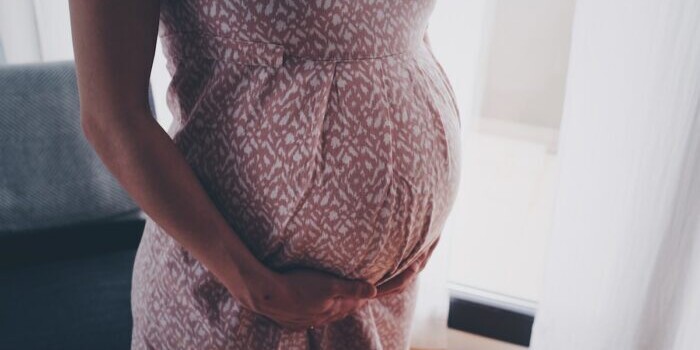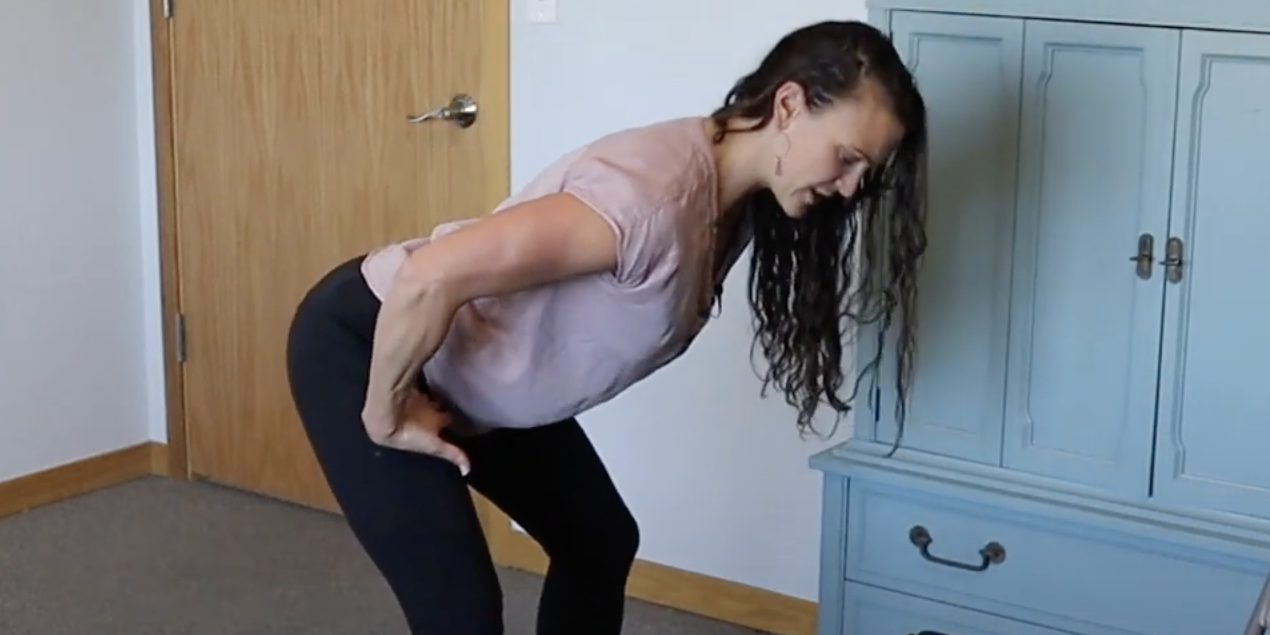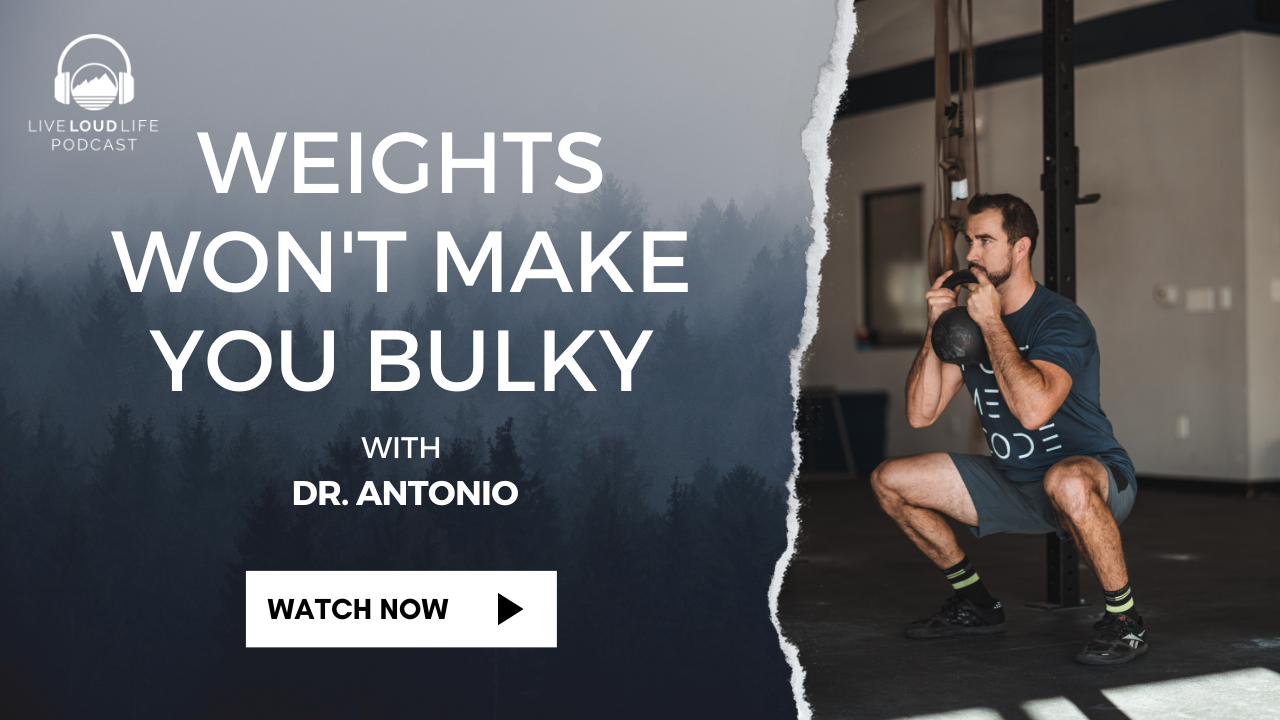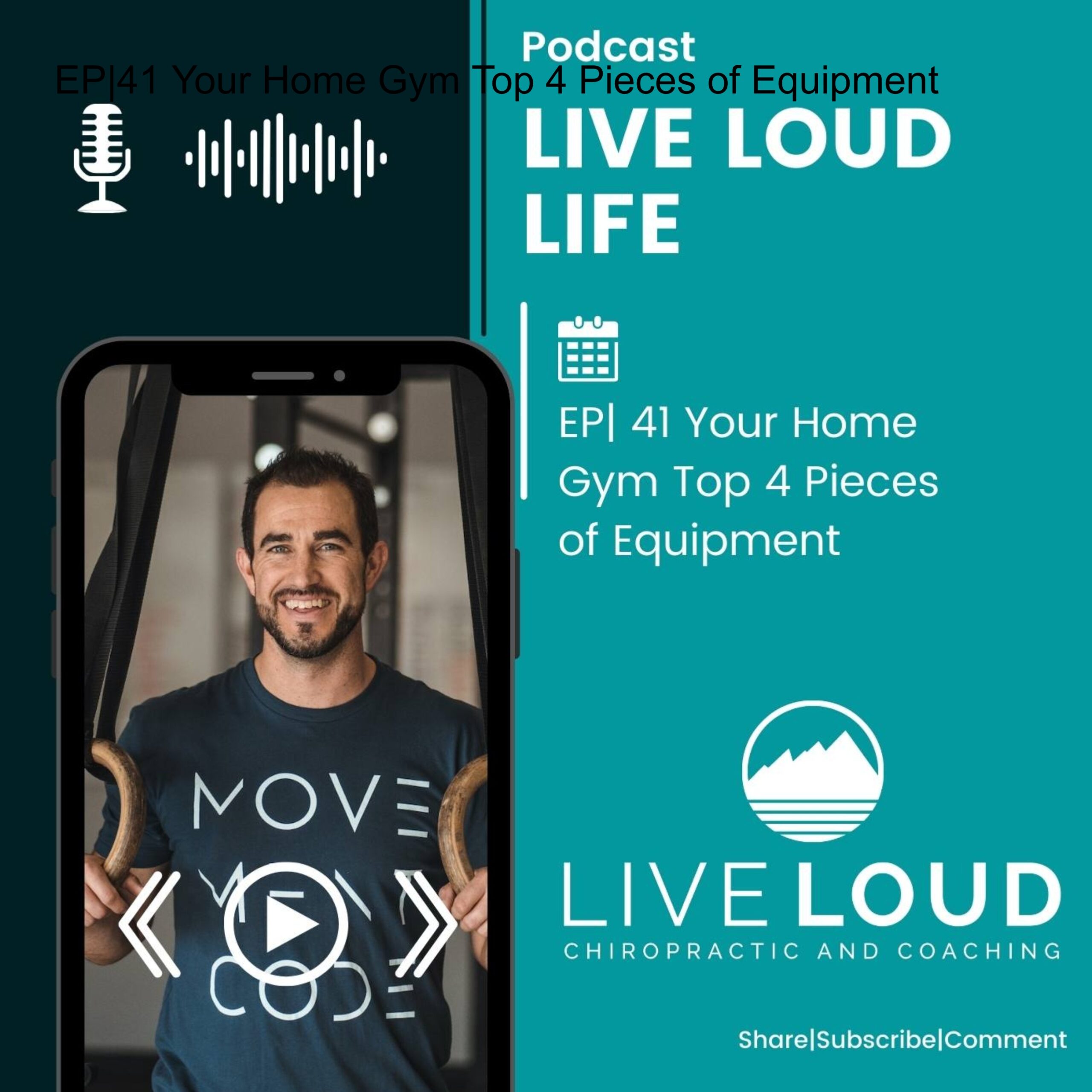How To Manage Low Back Pain During Pregnancy
Low back pain is incredibly common during pregnancy. I have so many women asking me, “how can I relieve my low back pain during pregnancy?” Oftentimes, this pain shows up when women are sleeping. It’s estimated that it can affect up to 80% of women at some point during their pregnancy, whether it starts in the first, second, or third trimester. And for 10% of women, it’s really severe. Women who have had a history of low back pain present the biggest risk of having low back pain during pregnancy.
I’m Dr. Nichelle Gurule with Live Loud Chiropractic and coaching at Lafayette, Colorado. Today I’m going to share some ways to relieve low back pain during pregnancy.
PLAY VIDEO ⬇︎
Managing Low Back Pain During Pregnancy Start With Understanding What Causes It.
There are so many changes that have happened to the pregnant body throughout the 40 weeks, and one of them is the structural changes that we all know about.
As the baby is growing obviously the belly is growing, and this will start to create a larger lumbar curve. With this, your posture changes, and the center of gravity is changing, and our low back muscles start working harder. The muscles are trying to anchor and hold on, so mom doesn’t fall forward.
There’s also additional weight gain that the joints aren’t used to handling in the back, hips, and knees. We have hormones that are all over the place—relaxin and progesterone are loosening up the connective tissue. This causes the ligaments to not do their job as well because they’re lax because of relaxin. We need them to do that because we want that pelvis to be able to expand for birth. However, when it does that, all the ligaments are lax, and now the muscles will grip on to compensate and hold the area stable.
So we talked about it a lot with the pelvis, but especially in the low back, if all of these little ligaments in here are relaxed, these muscles are going to grip on.
We also have an abdominal wall that is lengthening. Our core isn’t as strong as it was because of that lengthened position. We might have the abdominal wall beginning to separate, which is called diastasis recti, which is common; it will happen in 100% of pregnancies by 35 weeks.
But the truth is that the abdominal wall portion of the core is just not quite as strong to hold us in a good position and support the whole core unit. Intraabdominal pressure changes when you have a lengthened abdominal wall—you are no longer stacked, you’re angled—that changes how that pressure system is working. And in an ideal pressure system, everything is balanced: the abdominal wall, pelvic floor, the diaphragm is nice and balanced. But when you have a baby filling up that space, that core pressure system is changed a little bit.
And then last but not least, we also have a lot of emotional challenges during pregnancy. And that can play a big role in the aches and pains that we’re having.

How Can You Relieve and Manage Low Back Pain During Pregnancy?
As a chiropractor specializing in prenatal postpartum care, I recommend chiropractic. One of the reasons is that we reduce any restrictions that you might be having. And when you have an area of the body that’s restricted, the nervous system is not functioning as well to that area. So if you can imagine it, when a little area of the body is not moving well, it can’t send as many messages to the brain as to what’s going on. So the brain is just guessing as to what’s happening to this region of the body.
So we want to be able to get all of those joints and all the body into homeostasis so that as much good impact and feedback can come to the brain. We want to increase that nervous system function. By getting rid of any joint restrictions, we can get those tight muscles and tissues to relax.
We’re creating balance in the pelvis, in order to avoid a chain of problems. So chiropractic care can be really vital service for your pregnancy aches and pain.
Here are some things to think about when trying to manage your low back pain during pregnancy.
1. Posture
How are you sitting at work all day long? Are you slouched, tucking that sacrum back? Or are you on your sits bones? Chances are that you’re slouching at some point in the day if you’re at a desk a lot, or seated a lot, because you’re tired, and your core is weaker. So we want to have a back support behind us, and trying to sit on our sits bones, to help our back, our pelvis, and for the position of the baby. Because if we slouch, that can pull the baby’s back to our back due to gravity. We want to be on our sits bones to help that baby get in a bit better position and keep this space open for the baby. Slouching down doesn’t give as much space for the baby.
The car is really important. If you’re in the car for more than 10 minutes, you should have back support. I love the Back Vitalizer, but if you don’t want to buy something, roll up a bath towel, and put it behind your back.
How do you stand? Imagine there’s a string of the top of your head pulling you up nice and tall. And how are you lifting? Are you rounding to pick up a toddler? Are you rounding to pick up your bag? Focus and learn to hinge, and squat, or do a sort of lunge-squat coming down. The way you lift will really play a role in this as well, and especially in the postpartum, so building those habits during pregnancy is key.
2. Deep Core Engagement
So as you do things, activate your pelvic floor, activate your transverse and if you don’t know how to, go onto my YouTube videos that show you and talk to you about cues to activate those areas of the body specifically to activate the pelvic floor, activate the transverse, and then lift with that hinge or that squat. So learning how to activate that deep core is gonna be really important. That’s something your prenatal specialist or chiropractor should go over with you and teach you how to do that.
3. Sleeping With a Better Pillow Setup
I suggest people sleep with a pillow at their head, and a knee pillow. The knee pillow keeps the hips in line and keeps them balanced so that all night long, so they’re not collapsing down and impacting the pelvis and the low back. How we sleep matters, so let’s make sure we find the right setup.
4. Heat and Cold Treatments
Some people like heat more, some people like cold more—find what works for you. An Epsom salt bath is great because it gives you pain relief from the heat, but then the magnesium can help the muscles that are tight. Magnesium is great. Take magnesium orally, or get it through your skin in an Epsom salt bath.
5. Supportive Belts
Sometimes a supportive belt going under the belly and pulling up helps a lot. A SI belt is one that squeezes your hips and helps stabilize them. Not only does that help with pelvic pain, but it can also help with low back pain as well.
6. Ditch the Heels
If you’re wearing heels, that’s going to make more of a curve in your back, exacerbating the issue. Ditch the heels, even if they’re only little ones. Wear flats.

Best Movements for Managing Lower Back Pain During Pregnancy
Exercising is critical.
They increase blood flow and get things moving in the right way.
So what are the best exercises to do?
- To start, make sure that when you’re on your walk, you think about that string pulling you up, so you’re nice and tall during your walk.
- Good Mornings really work on that hip-hinge pattern and strengthen your back and glute muscles.
- Glute Meade activations. Put a band around your knees and do lateral walks, or come down on the ground and do glute bridges or clams.
- Stretch your glutes. Do something like an elevated pigeon, or a happy baby to stretch out your hip flexors.
- Try trigger point ball work to roll out muscles that are tight.
This is not a full-encompassing exercise routine here, but those are just some ideas that some of these exercises can work toward strengthening the deep stability muscles, or maybe the big meaty muscles we want to turn on.
Perhaps stretching will be more helpful for you…
We are able to strengthen with exercises and rehab, but sometimes stretching certain areas that need stretching can provide great relief for you.
BUT I will have a caveat that if you’re hypermobile or if you’re somebody who is super flexible, stretching may not be for you. So this is where an evaluation is key because, for some women who are pregnant, stretching can be detrimental and actually worsen the problem. So it’s really important to know if you’re somebody who should, or maybe shouldn’t, stretch during pregnancy. Exercises and rehab are going to be dependent on each person, but there’s a lot out there to help you with your low back pain.
Conclusion
This is not an exhaustive list for management and relief but something to also consider are the various services that you can seek help through.
Chiropractic paired with acupuncture is going to help get that body to homeostasis, as well as work on relaxing those tight muscles. So the combination of Acupuncture and Chiropractic can be incredibly beneficial, and massage as well.
There are a number of bodyworkers that can be helping you in addition to chiropractic.
Now again we know this list is not complete as different symptoms changes per person and also between pregnancies, but this is what we have found to be the best solutions for so many women on how to manage and relieve their low back pain during pregnancy.
Keep up the great work and Live LOUD!




